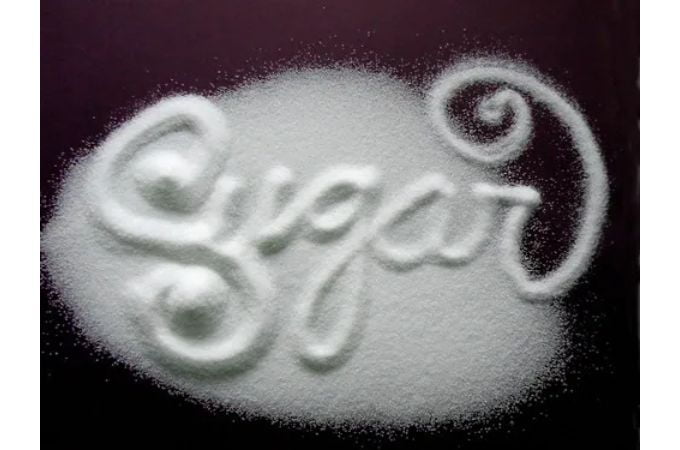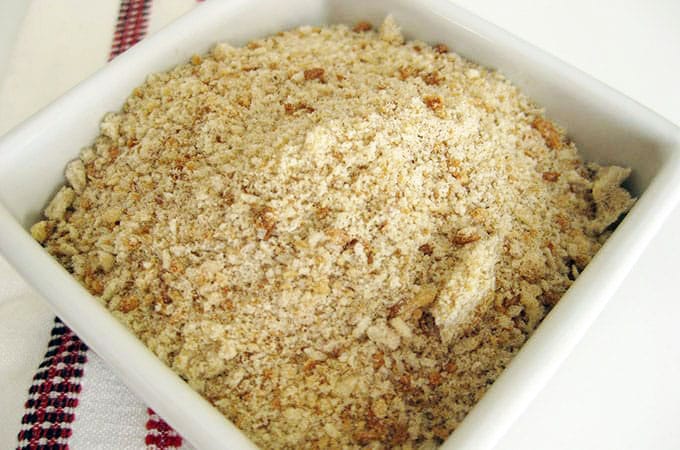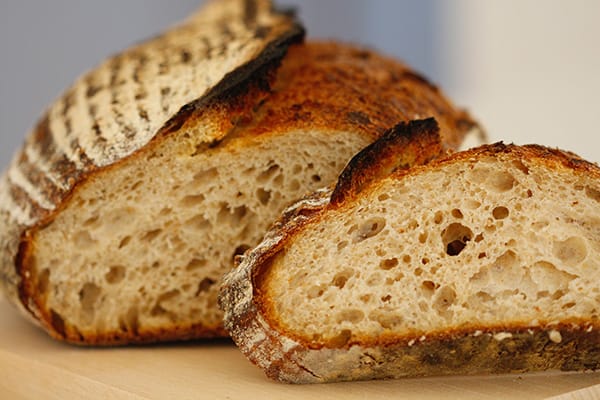Is Sugar an Essential Ingredient in Bread Making?

There are several myths about bread making. The common one is that bread making is a complex process. Another common misconception is that yeast needs sugar to grow. Not true!
Only 4 ingredients are necessary to make yeast bread: flour, water, yeast and salt. There is no need to add sugar when making bread as there is enough food in flour for the yeast to multiply.
Sugar, if added, is mostly in the dough for the taste. For example, it’s necessary for sweet breads, traditionally added to bagels and sometimes to 100% wholemeal breads to balance a slight bitterness of wholemeal flour.
In bread making, you can substitute honey, golden syrup or malt for the sugar if needed.
So next time when you make a loaf of homemade bread that calls for a teaspoon or two of sugar, you can omit it and avoid a few calories, too!
For more bread making tips, please check our post where we answer some common questions about bread making at home.







How is it that yeast can use dough as food, but if try make beer with flour the yeast can’t utilize the flour in a solution? If you know please help, I’ve been reading online for quite a while and there’s no info on the difference between beer and bread fermentation. I’ve made bread and beer before but the wheat was malted prior to brewing.
Hi Barron,
I’m not familiar with the process of beer brewing and if brewers yeast is used differently to yeast used in bread making.
The most commonly used yeast in beer, or any fermented alcoholic beverage is Saccharomyces cerevisiae. There are other species, and “wild yeast” that can be used, but these aren’t common.
Saccharomyces cerevisiae is also baker’s yeast. Traditionally, bakers would get yeast for their bread from the dried foam left over in the brewer’s barrels.
There are thousands of individually specifically bred stains of Saccharomyces cerevisiae today. Think of it like breeds of dog. They’re all dogs, but a great Dane is not a chihuahua.
My guess would be that milled flour naturally contains at least some starch converting enzymes like amylase, which would activate and produce glucose for the yeast to eat while in the wet dough.